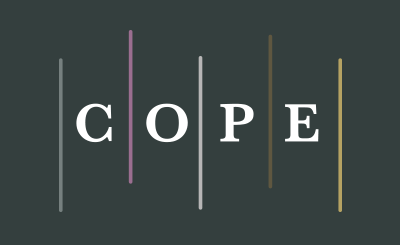Effectiveness of Silver Diamine Fluoride in Preventing and Arresting Dental Caries in Young Children: A Scoping Review
DOI:
https://doi.org/10.22317/jcms.v11i2.1785Keywords:
Silver Diamine Fluoride, Child, prevention & control, Pediatric DentistryAbstract
Objectives: Dental caries presents a worldwide health issue that results in significant pain and infection among numerous children. Nevertheless, it is more common among children from lower socio-economic backgrounds, and cavitated carious lesions in children are predominantly left untreated. Numerous clinical studies have demonstrated that, the advancement of dental caries in young children is easily arrested through the application of SDF solution. To assess the effectiveness of silver diamine fluoride (SDF) in preventing and arresting dental caries in paediatric dental care.
Methods: This scoping review examined 20 randomized clinical trials from various countries, published between 1990 and 2024, concentrating on the efficacy of SDF in preventing or halting dental caries in young children. This review employed clearly defined inclusion and exclusion criteria to guarantee the relevance and quality of the chosen studies.
Results: Findings indicate that, the application of SDF is a successful and effective approach for arresting the caries process in dentin and enamel in primary teeth as well as the permanent first molars in children. Also, it provides a feasible, economical, and minimally invasive treatment alternative, which is especially appropriate for families and communities with limited resources. However, aesthetic concerns, such as black staining of lesions, remain a drawback.
Conclusion: SDF demonstrated superior effectiveness in preventing and arresting dental caries in children especially when applied two times a year. The reviewed clinical trials yielded a comprehensive understanding of SDF, that can influence public health policy and suggesting shift towards minimally invasive treatment in young children.
Published
How to Cite
Issue
Section
License
Copyright (c) 2025 Journal of Contemporary Medical Sciences

This work is licensed under a Creative Commons Attribution-NonCommercial 4.0 International License.



